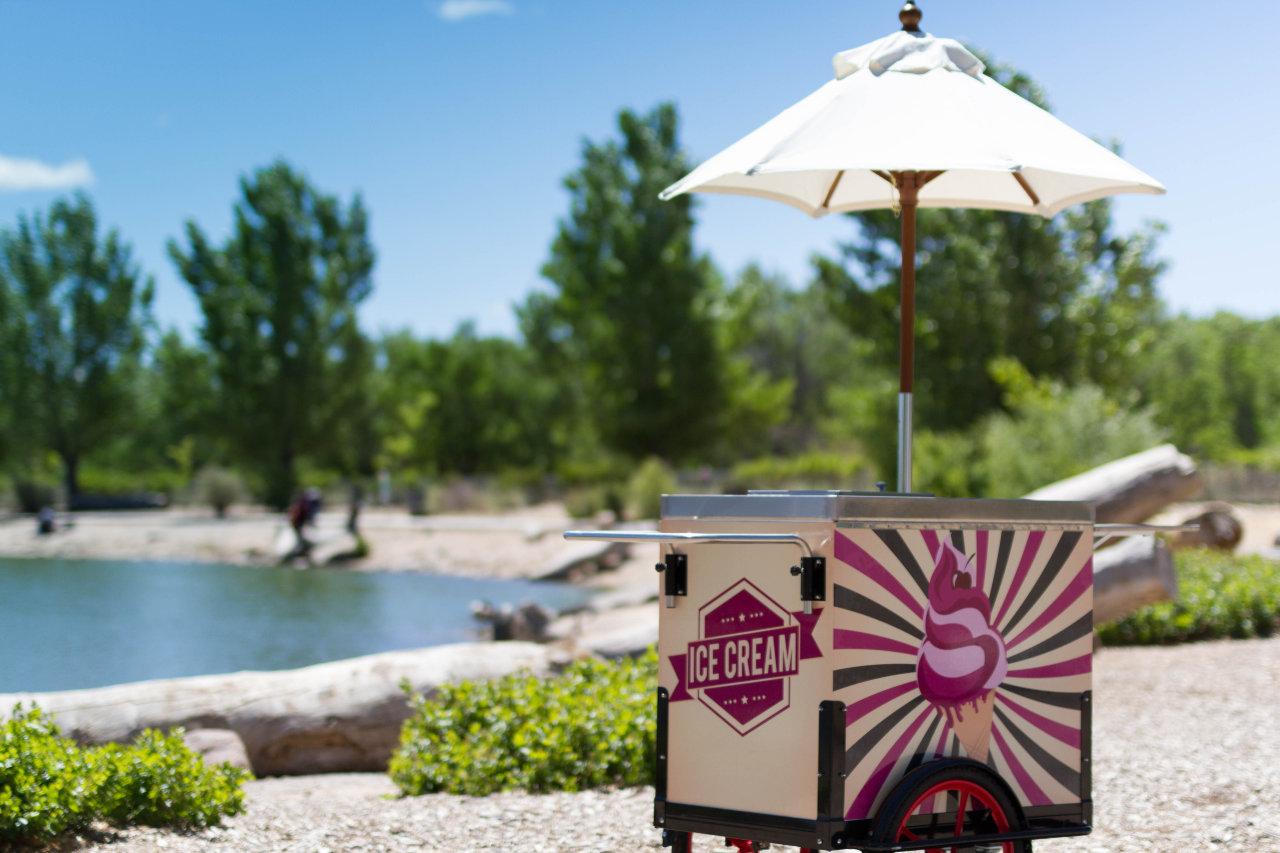
Food trucks have become increasingly popular in recent years and for good reason. They offer the flexibility to bring food to different locations, the opportunity to showcase unique dishes, and a more casual dining experience. Starting a food truck business can be a great way to pursue your passion for food and entrepreneurship. In this blog, we’ll take a look at how to start and run a successful food truck business, specifically focusing on the unique challenges and advantages of operating a bike and a box food truck.
Step 1: Define your concept and menu
Before you start building your food truck, it’s important to define your concept and menu. What type of cuisine do you want to serve? Will you specialize in a particular type of food or offer a wide range of dishes? What makes your food unique and appealing to customers? Once you have a clear vision for your food truck concept, you can start developing your menu.
When developing your menu, it’s important to keep in mind the limitations of a food truck kitchen. You’ll need to focus on dishes that can be prepared quickly and efficiently, without sacrificing quality. Consider items that can be prepared in advance, like marinades and sauces, to help speed up the cooking process during service. And don’t forget to price your menu items appropriately to ensure profitability.
Step 2: Choose your equipment
One of the biggest advantages of a bike and a box food truck is the mobility and flexibility it offers. However, this also means that you’ll need to choose equipment that is compact, lightweight, and easy to transport. Some essential equipment for a bike and a box food truck includes:
- A bike and trailer: The bike and trailer are the foundation of your food truck, and it’s important to choose a sturdy and reliable model that can handle the weight of your equipment and supplies.
- Cooking equipment: Depending on your menu, you may need a range, griddle, deep fryer, or other cooking equipment. Look for models that are designed for outdoor use and can run on propane or other portable fuel sources.
- Refrigeration: You’ll need a way to keep your ingredients and prepared foods cold, so consider investing in a compact refrigerator or freezer.
- Service equipment: This includes items like food pans, serving utensils, plates, and napkins. Look for lightweight and durable options that can be easily transported.

Step 3: Obtain necessary permits and licenses
Before you start operating your food truck, you’ll need to obtain the necessary permits and licenses. Requirements vary by location, but you’ll typically need a business license, food service permit, and health inspection certificate. Check with your local health department to find out what specific requirements apply to your area.
In addition to obtaining permits and licenses, you’ll also need to comply with local zoning regulations. This may include obtaining a permit to operate in public spaces or securing a private property to park your food truck. Be sure to do your research and get all necessary permissions before starting operations.
Step 4: Create a marketing plan
Marketing is key to the success of any business, and a food truck is no exception. Start by creating a brand identity for your food truck, including a logo, color scheme, and tagline. Use social media and other marketing channels to build buzz and generate interest in your food truck. You can also partner with local businesses or events to increase visibility and reach a wider audience.
Step 5: Manage your finances
Starting and running a food truck business requires a significant investment of time and money. You’ll need to budget for equipment, permits and licenses, inventory, and marketing. You may also need to secure financing to cover initial costs.
Conclusion
Starting and running a successful food truck business can be a challenging but rewarding venture. By following these steps and focusing on the unique advantages and challenges of a bike and a box food truck, you can build a thriving business that brings your passion for food to the community.
Remember to start by defining your concept and menu, choosing the right equipment, obtaining necessary permits and licenses, creating a marketing plan, and managing your finances. With a solid foundation in place, you can build a loyal customer base, establish your brand, and grow your business over time.
Whether you’re a seasoned chef or a first-time entrepreneur, starting a food truck business can be a fulfilling way to share your love of food and connect with your community. With the right preparation and mindset, you can turn your food truck dream into a successful reality.























